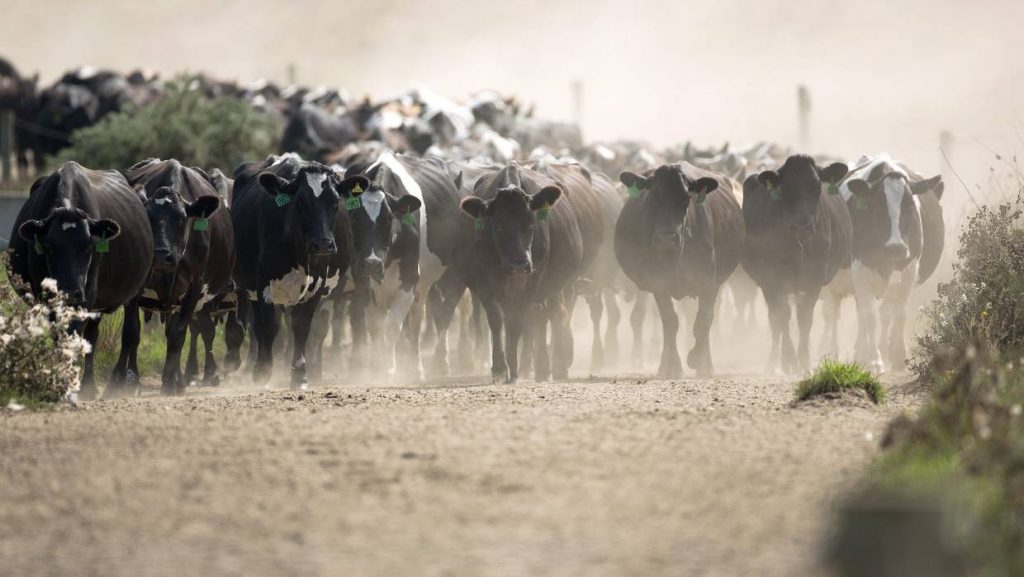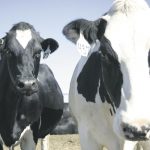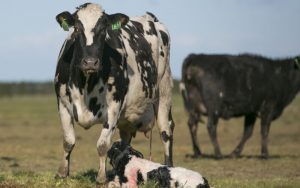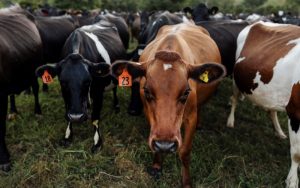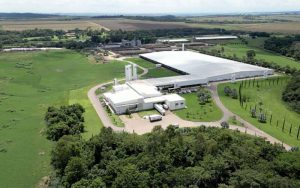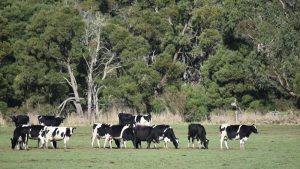
The remaining 5 per cent – or seven farms – were graded non-compliant. Of those seven cases of non-compliance, six farms had “minor ponding” and the seventh had a stockpile of effluent solids on bare, unsealed ground.
Tasman District Council compliance and investigation officer Kat Bunting on Thursday told the council’s environment and planning committee there were no big issues with compliance during the season.
“Everything that I came across was pretty minor.”
In an accompanying report, Bunting says those seven cases of non-compliance resulted in no adverse environmental effect.
The stockpile of effluent solids had been removed from a sand trap and stored on bare ground at a farm in the Murchison zone of Owen.
“In this case, no effluent was at risk of directly or indirectly entering surface water,” Bunting says.
The six cases of ponding involved five farms in the western Golden Bay zones of Rockville-Bainham and Pakawau, along with a sixth farm in the Murchison zone of Matakitaki Valley.
“In all six cases, the ponding was intermittent over an area less than 10 square metres and was just deep enough to splash but in no danger of running off and entering surface water,” Bunting says.
All seven inspections that were graded non-complaint resulted in formal written warnings with directions for improvements.
“This action was appropriate in each case given the circumstances, lack of any actual adverse environmental effect and each farm having a previous good compliance history,” Bunting says in the report. “Despite this, all farm owners/workers were made aware that continued, un-announced inspections would be made for the remainder of the season.”
It was also made clear that further formal enforcement action could result if non-compliance was found again.
However, that was not necessary “as all return visits to all farms that initially presented minor ponding found full and continued compliance”.
For the farm with the effluent stockpile, “two additional visits and verbal instructions were required before the farmer took seriously council staff’s commitment to follow-up inspections”.
“Thereafter, inspections to this farm found this issue rectified and continued and full compliance was demonstrated,” Bunting says.
The high rate of compliance with effluent management in 2018-19 continues a trend of improvement dating back 14 milking seasons to 2005-06.
Full compliance continued to improve each season until 2011-12 when it reached a high standard.
“Since this time, it is pleasing to report that Tasman farmers continue to maintain this high level of compliance and that the 2018-19 season was no exception to this positive trend,” Bunting says.
Her report also noted that to date, the council’s dairy farm effluent compliance inspections have achieved a 100 per cent pass rate at each audit. “No other regional authority matches this standard.”
Bunting told councillors the perception was that dairying in Tasman district was “full on”. However, just 1.1 per cent of the national herd was farmed in the district.
Over the past 14 years, the number of farms had dropped from 155 to 130 while the overall cow population (just under 60,000) and hectares farmed (about 22,000) had remained fairly steady.
“I think, what largely has happened is there’s been a lot of amalgamation of farms,” Bunting told councillors.
